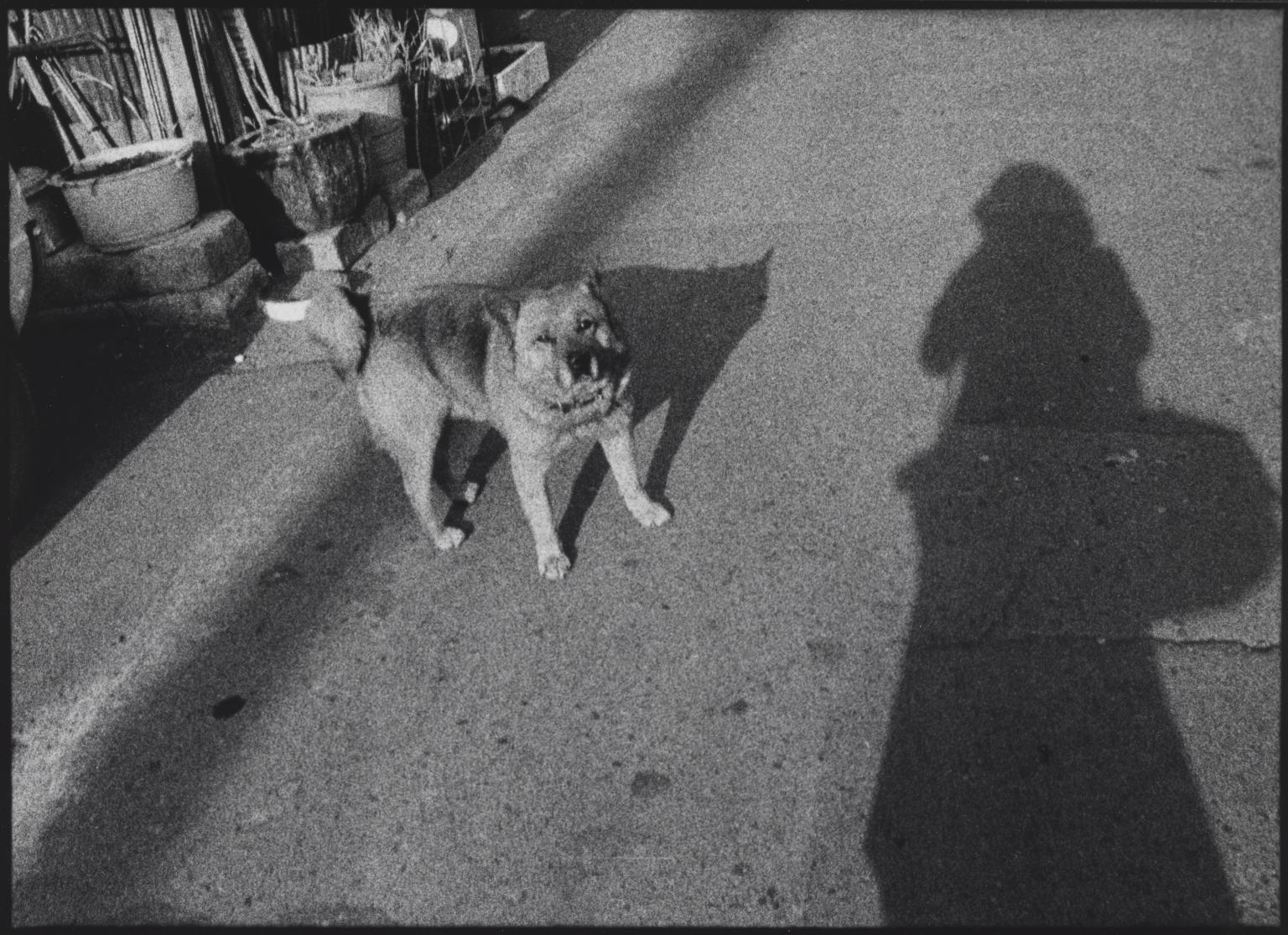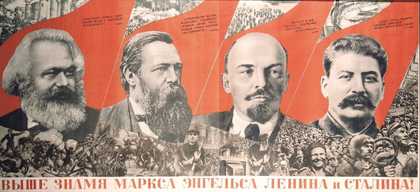Explore the experimental ways the Soviet Union used photography, publications and posters to promote the socialist state
The USSR formed following the October Revolution of 1917. Propaganda posters and publications highlighted only the benefits and achievements of the young socialist state. Their aim was to reach both local and international audiences. Addressing areas including industry, technology, sport and culture, they emphasised rapid improvements in Soviet society.
This was a period of radical experimentation with publications and posters. Fold-outs, cut-outs and flaps brought pages to life. They combined photography with experimental designs and striking graphics. Photographers were also taking their medium in new directions. They captured images from new ‘worm’s eye’ and ‘bird’s eye’ views. This transformed everyday subject-matter into energetic compositions. Photomontages, made by cutting and pasting together images, were another way of showing a new perspective.
Publications and posters also allowed for a new way of working. Teams of photographers, graphic designers, typesetters and editors worked collaboratively. This collective model of creation was in line with Marxist thought. The Soviet state rejected the idea of the ‘creative genius’. Instead, it promoted mass-produced art that could benefit society.
Curated by Dina Akhmadeeva and Sarah Allen
Art in this room
Sorry, no image available
Sorry, no image available
Sorry, no image available

Sorry, no image available
Sorry, no image available
You've viewed 6/10 artworks
You've viewed 10/10 artworks

